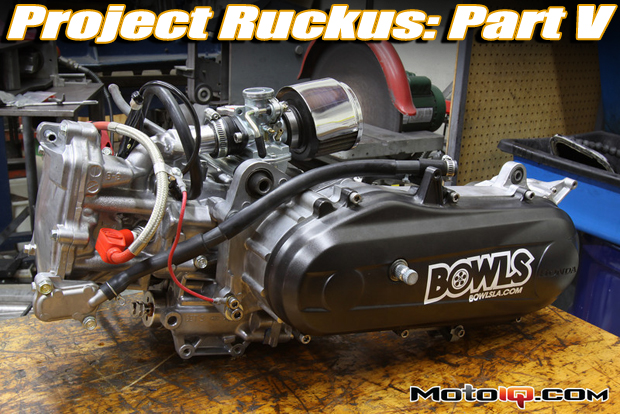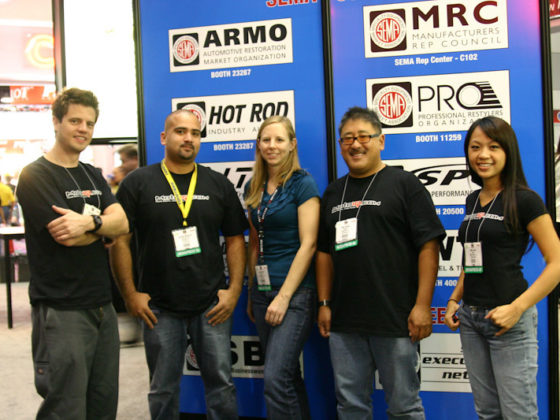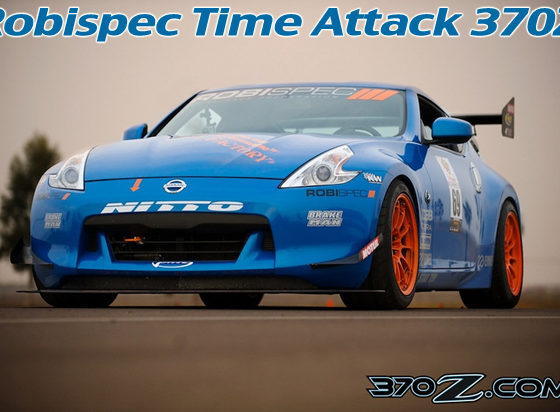,
 |
| When looking at the Battle Scooter cam on the left, it is obvious by the size of the lobe that it has much more lift, duration and area under the curve than the stock cam on the right. |
The Chanito piston is forged from low silicone 2618 alloy for toughness and heat resistance–a big improvement from the stock die cast piston. 2618 is the strongest commonly used piston alloy, its only disadvantage is that it is slightly more noisy at idle than the more brittle higher silicone alloys. We don’t mind having some noise to gain toughness on our Ruckus because we plan on using every bit of the available 10,500 rpm all the time. The piston is coupled to the connecting rod with a tiny 10mm tool steel pin with Cosworth style wire retaining rings. The Chanito piston uses low tension 1mm compression rings, a chrome first ring with a nitride faced iron second ring. The tiny piston is pretty humorous as it’s about the same size as a silver dollar. With our DPR quench head, our engine will run an ultra high 13.3:1 compression ratio, much more than what the experts in the Ruckus tuning world say is possible.
We bored our block oversized and had the finish hone done to a fairly smooth 600 grit. Next, we treated our bore, piston, and piston pin with WPC treatment. The WPC treatment greatly improves wear resistance and reduces friction. This complements the WPC treatment of our cam, valves, cam followers, valve springs and retainers. Read more about the innovative and revolutionary WPC Process here. We think WPC treatment is important for a super high revving engine like this one.
Finally, we sent our piston out to Embee coatings to have the dome coated with thermal barrier coating to protect the piston top from any detonation our super high compression engine could have.
 |
| Bored, honed and WPC treated big bore block on the right vs stock on the left. |



